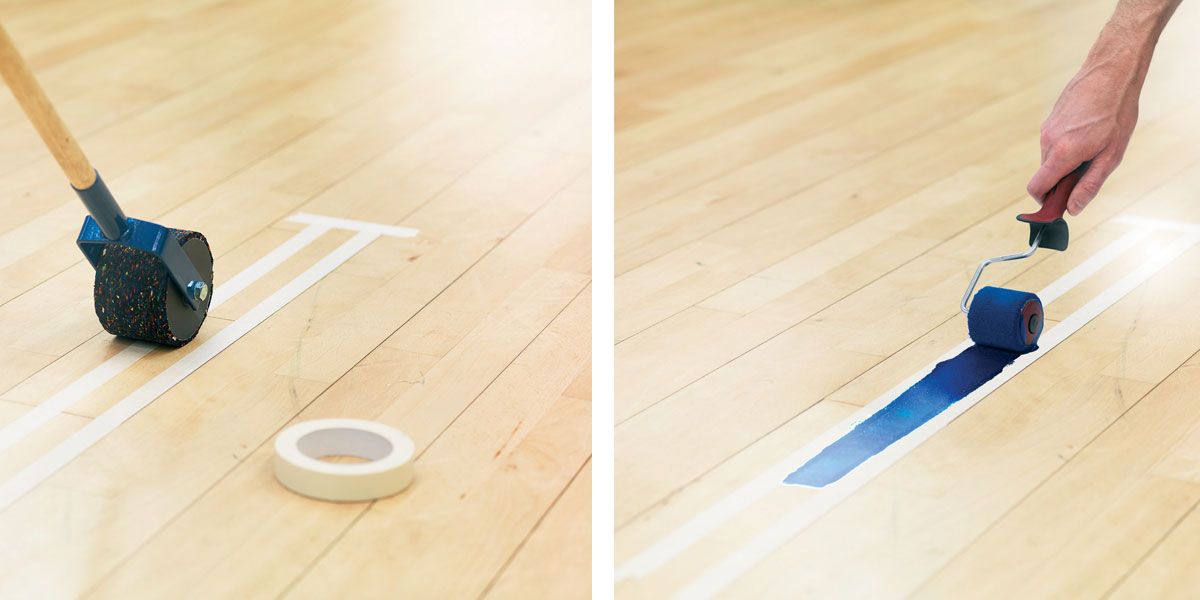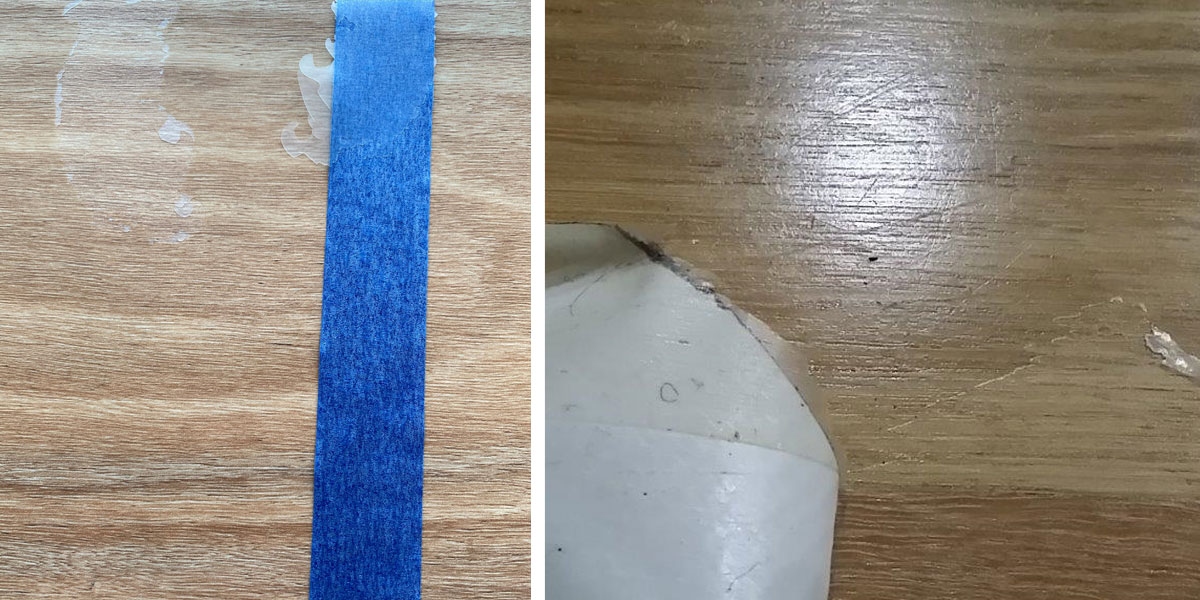
Tech Talk - Using Adhesive Tape with Finish Systems
Bona Australia National Technical Manager, Adrian Ayris brings you tips and tricks across a range of day to day contractor issues. In this article Adrian goes through the use of Adhesive Tape in the application of finish systems.
Using masking tape with coated timber floor surfaces is common with taping around floor edges prior to painting often seen. With a large sports floor several thousand lineal metres of tape may be applied to mark out the lines.
It is rare to hear of issues but occasionally tape will be lifted and the finish system will be removed as well. Often then an accusation will be made that the finish should have remained stuck to the floor. As with many subjects there are a few things to consider before pointing fingers…
With any finish system there has to be adhesion to the substrate and between each coat. The level of adhesion achieved is affected by various different factors. A primer application will be affected by the final sanding grit, the density of the substrate, the volume of product applied, whether there is contamination present, the site conditions and the product itself. Adhesion between coats can additionally be affected by abrasion of the previous coat to give a physical key, the chemical bond between the two layers and the amount of time between applications. The final factor is the level of curing that the finish has achieved before the tape application is made.
The adhesion of any surface finish needs to be at a level to perform well within its intended use. A timber floor coating needs to have sufficient adhesion to cope with scuffs, physical impact, surface traffic, etc. A coating used on a concrete floor may need greater adhesion due a higher level of performance being required whilst on decorative items the requirements could be lower.
Like finishes, adhesive tapes are designed to fulfill specific design functions with different levels of adhesion / performance depending upon the intended use. Tape used to join HVAC components clearly needs different characteristics than that used on windows to protect against paint transfer.
Some tapes may work as intended if applied and removed as directed but give a totally different result if left in place for longer. Variables such as temperature, humidity, applied pressure at installation and the substrate can affect the performance of the tape, what happens during the time it is installed and its reaction with the substrate.

Tape manufacturers are aware of the potential issues and try to inform their customers. For example, the label for Bear Professional Trade Painters Masking Tape, (a Norton product), notes it should not be used on delicate surfaces, specifically including new fresh uncured paints and lacquers. It also notes that a trial application should be made.
It is accepted that on many floor coatings low tack painter’s masking tapes may be used, as directed by the manufacturer; the sports hall example noted earlier perfectly illustrates this.
Even where a suitable tape has been used as advised by the manufacturer it is important to make sure that the tape is removed from the floor carefully; the way the tape is taken from the floor can also be a factor as to whether damage occurs. If the tape is peeled gently from the floor at an angle of 45° then usually it can be easily removed. However, if the tape is merely ripped from the floor in a straight line damage to the finish is more likely and it increases the chances of adhesive residue remaining on the floor’s surface.
So, if using a masking type tape in conjunction with floor finishes there are a few things to take into consideration:
- Use a good quality low tack tape – avoid cheap / inappropriate / poor quality tapes
- Follow the manufacturer’s instructions – both for the finish system and tape
- Keep the tape on the surface for the least amount of time possible
- If using tape to isolate paint / finish applications remove it as soon as the application has been made
- Remove the tape carefully by taking it steadily from the floor at a 45° angle
